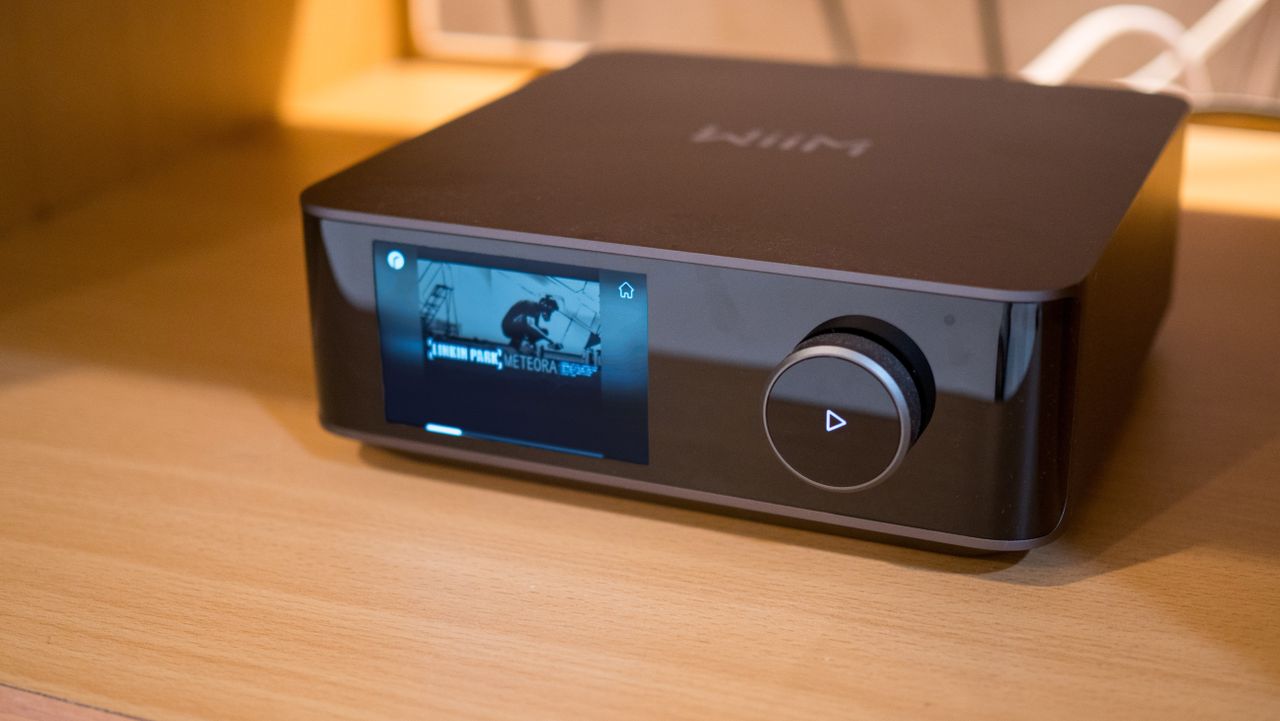
I'm a big fan of WiiM products; the brand is doing a stellar job lowering the barrier to entry for streaming amplifiers, and having used the WiiM Amp, Amp Pro, and now the Amp Ultra, I can confidently say that these products are an unmatched value. I enjoyed using the Amp Pro, but I wanted to switch to the Amp Ultra for two reasons: increased power delivery, and the built-in 3.5-inch panel.
The Amp Ultra costs $529 on Amazon, a $150 increase from the Amp Pro. While both amps share a similar design, the Amp Ultra is bigger and heavier, and the inclusion of the screen is a welcome addition. What I like the most about WiiM's products is how straightforward they are to set up and use, and this is the same with the Amp Ultra as well — you'll just need to connect the amp to a wall outlet, and use the WiiM Home app to configure it.
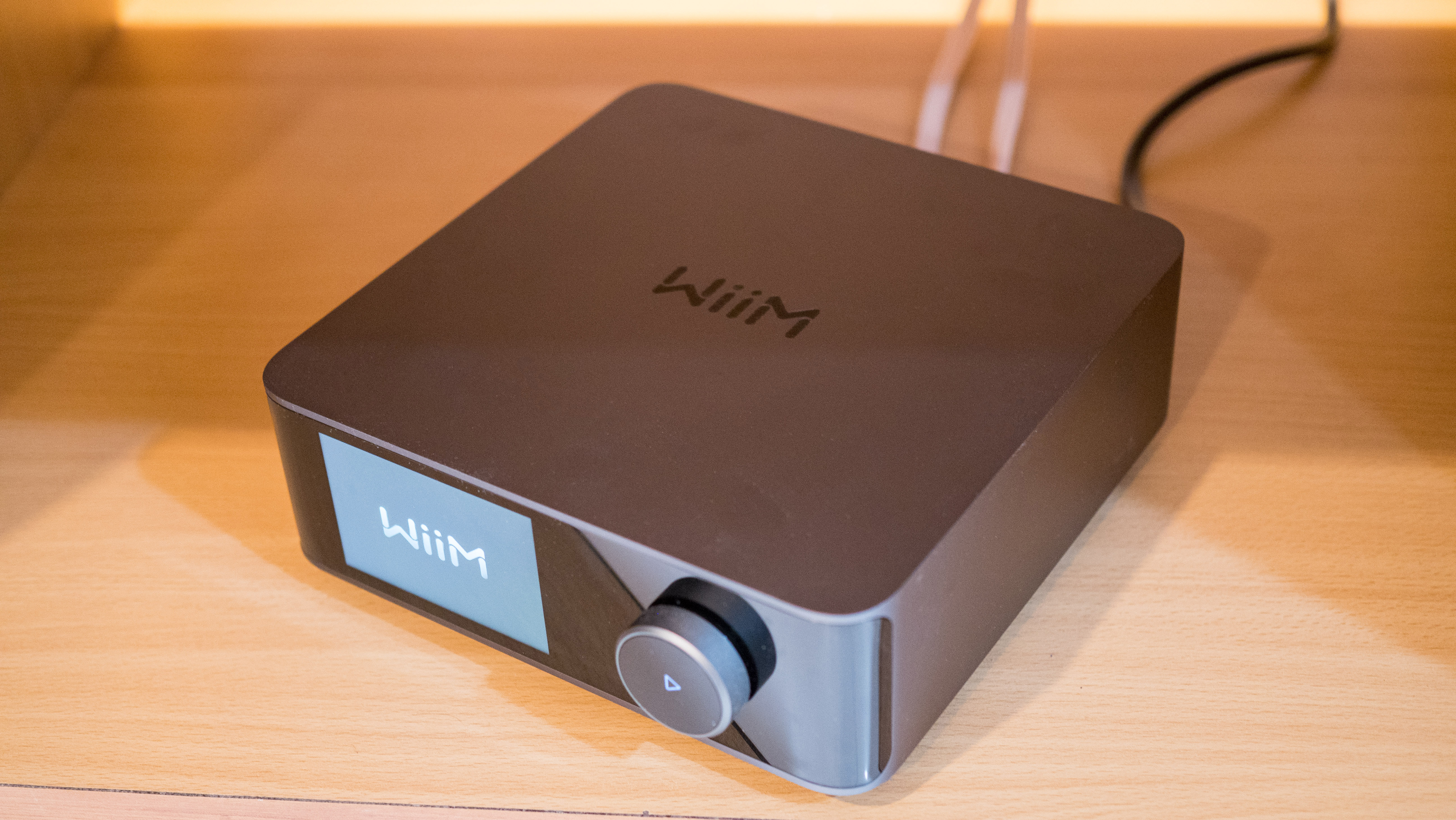
Like all WiiM products, the build quality of the Amp Ultra is terrific; it has a minimalist design with belies its price tag, and the aluminum construction is decidedly high-end. It does a good job with heat management as well, and there's a rotary knob at the front to control the volume.
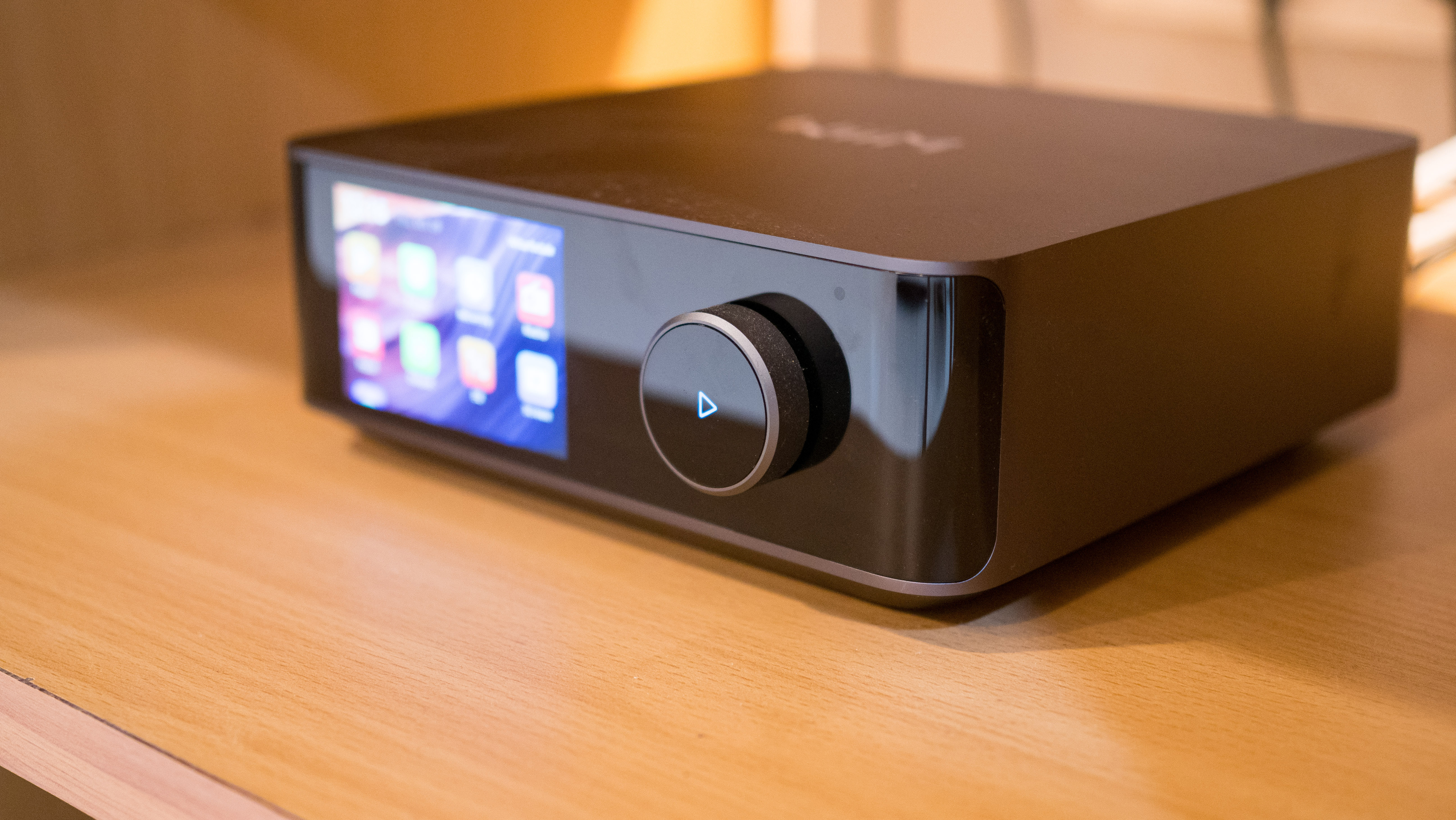
I generally like the design of all WiiM products, but the Amp Ultra looks more upmarket than its siblings. It's clear that WiiM paid a lot of attention to the design, and it's safe to say that there are few amps that look as good — particularly in this category.
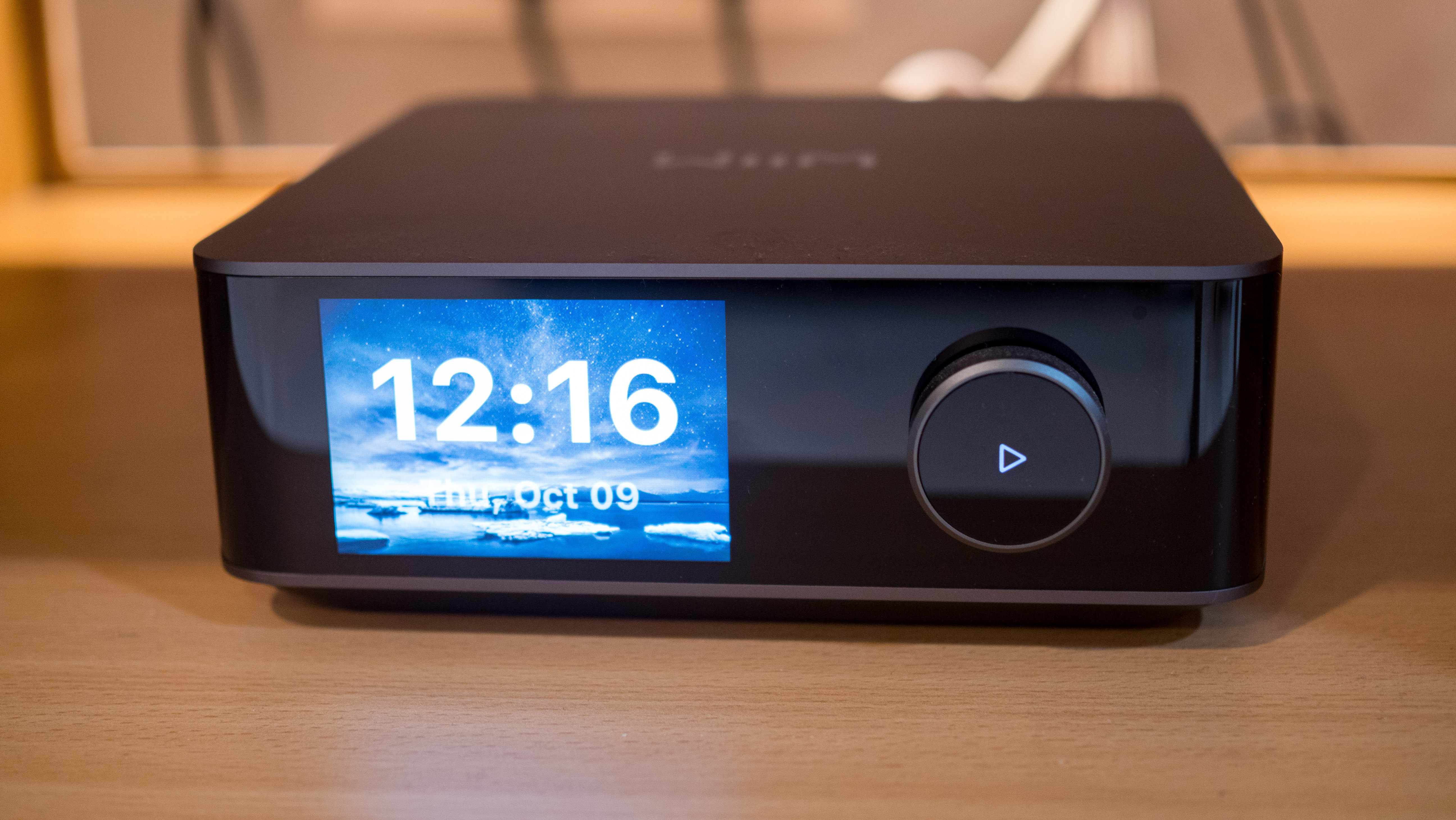
The built-in 3.5-inch panel makes it easy to control music playback and view album art, and WiiM bundles its new Voice Remote 2 with the product, which is what I used to predominantly control the Amp Ultra in the two months I used it. I paired the Amp Ultra with Wharfedale's Linton, and the amp is easily able to drive the speakers.
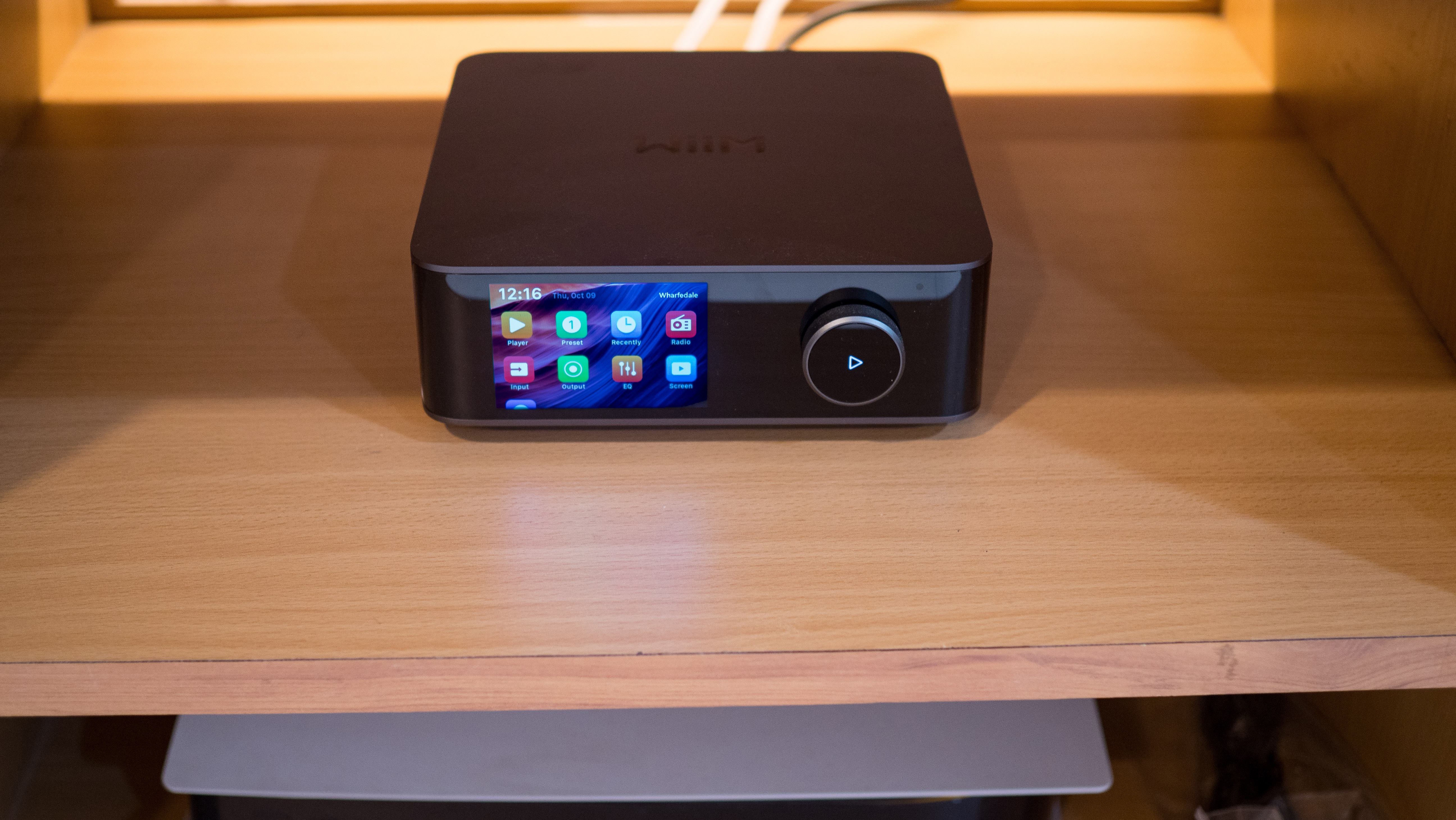
Coming to the hardware, the Amp Ultra has an ESS 9039Q2M Sabre DAC along with TI OPA1612 op-amps and two TI TPA3255 amps. It delivers 192kHz/24-bit audio, and connects to just about every streaming protocol you can think of: Chromecast Audio, Spotify Connect, Tidal Connect, DLNA, and Roon Ready. It's the Roon integration that I like the most; I use Roon to play music on all the connected devices in my house, and it's a fabulous platform. Being able to access it on the device makes it all the more convenient.
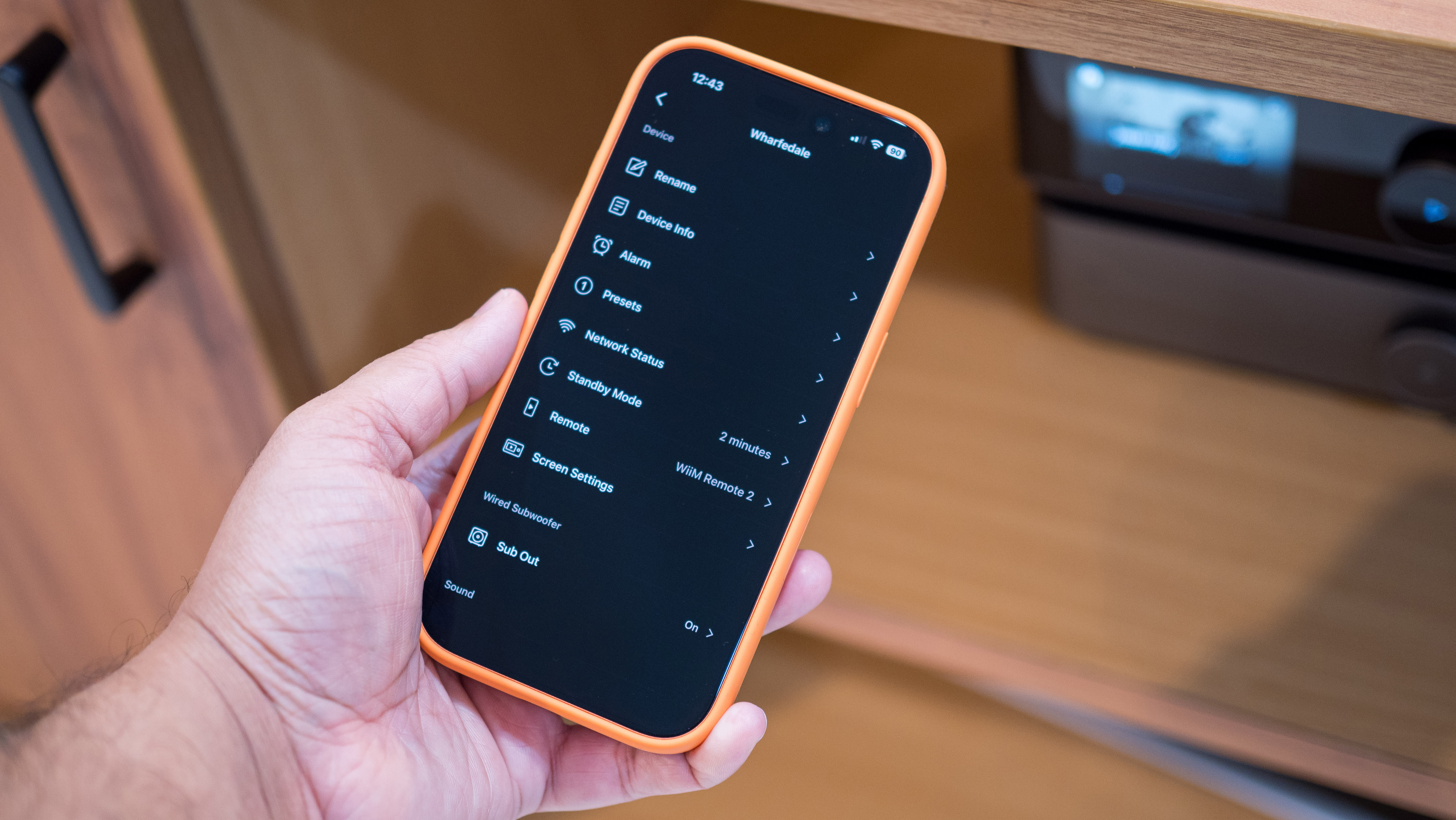
On that note, WiiM Home has a clean interface, ties into all mainstream music services, and has plenty of customizability along with granular 10-band EQ control. What I like is that you get the ability to adjust EQ individually for each source mode, which is pretty great. You can do everything from adjusting the brightness of the built-in panel, which clock faces to use, standby time, adjust settings of a connected subwoofer, and so much more.
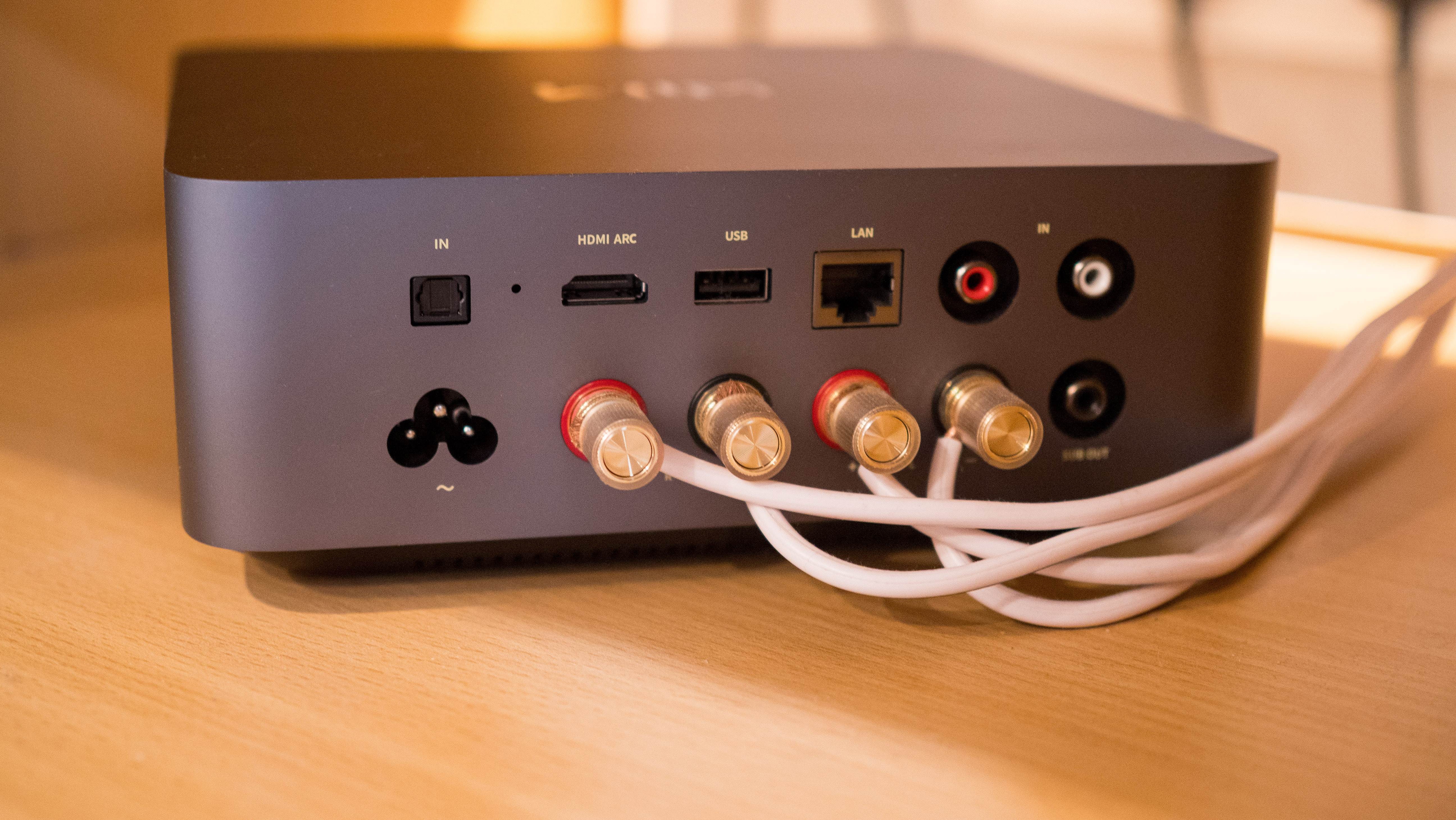
When it comes to connectivity, you get the standard gold-plated binding posts that let you hook up speakers, and there's a dedicated subwoofer out. The inputs include optical and RCA, along with HDMI ARC; this is another reason why I used the Amp Ultra, as HDMI ARC allows me to connect the amp to my TV.
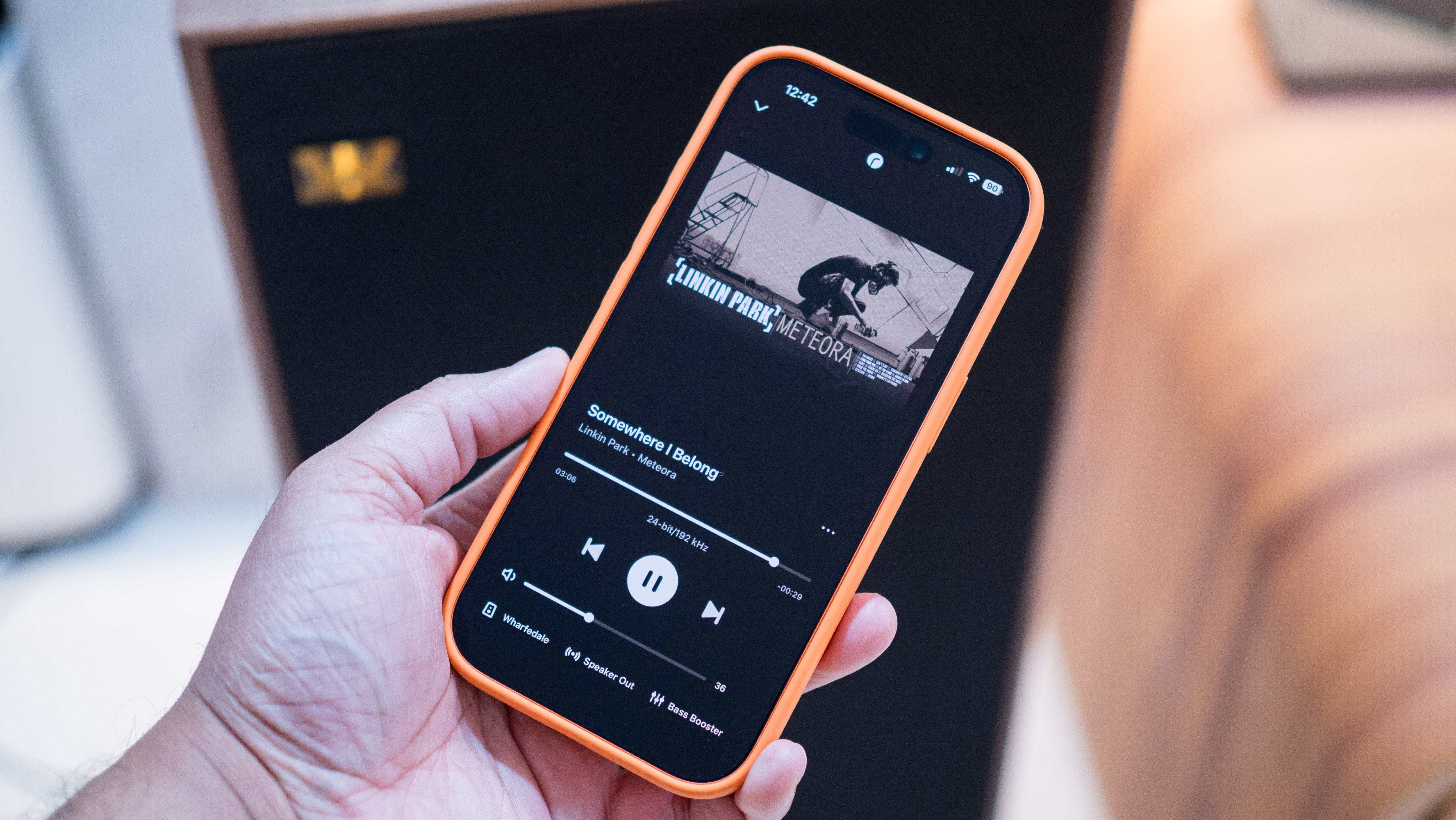
You can use two WiiM amps to set up a Dolby 5.1 system, and while I'm using it just with the Linton, I'm eager to use a home theater configuration in this way. Elsewhere, there's Bluetooth 5.3 (to pair with the remote), Wi-Fi 6, and an Ethernet port. The bundled remote has all the buttons I need (including a dedicated mute button), and like the amp, it has a metallic design. It connects over Bluetooth, charges via USB-C, and has four programmable preset buttons. The only quibble I have with it is that the buttons aren't backlit.
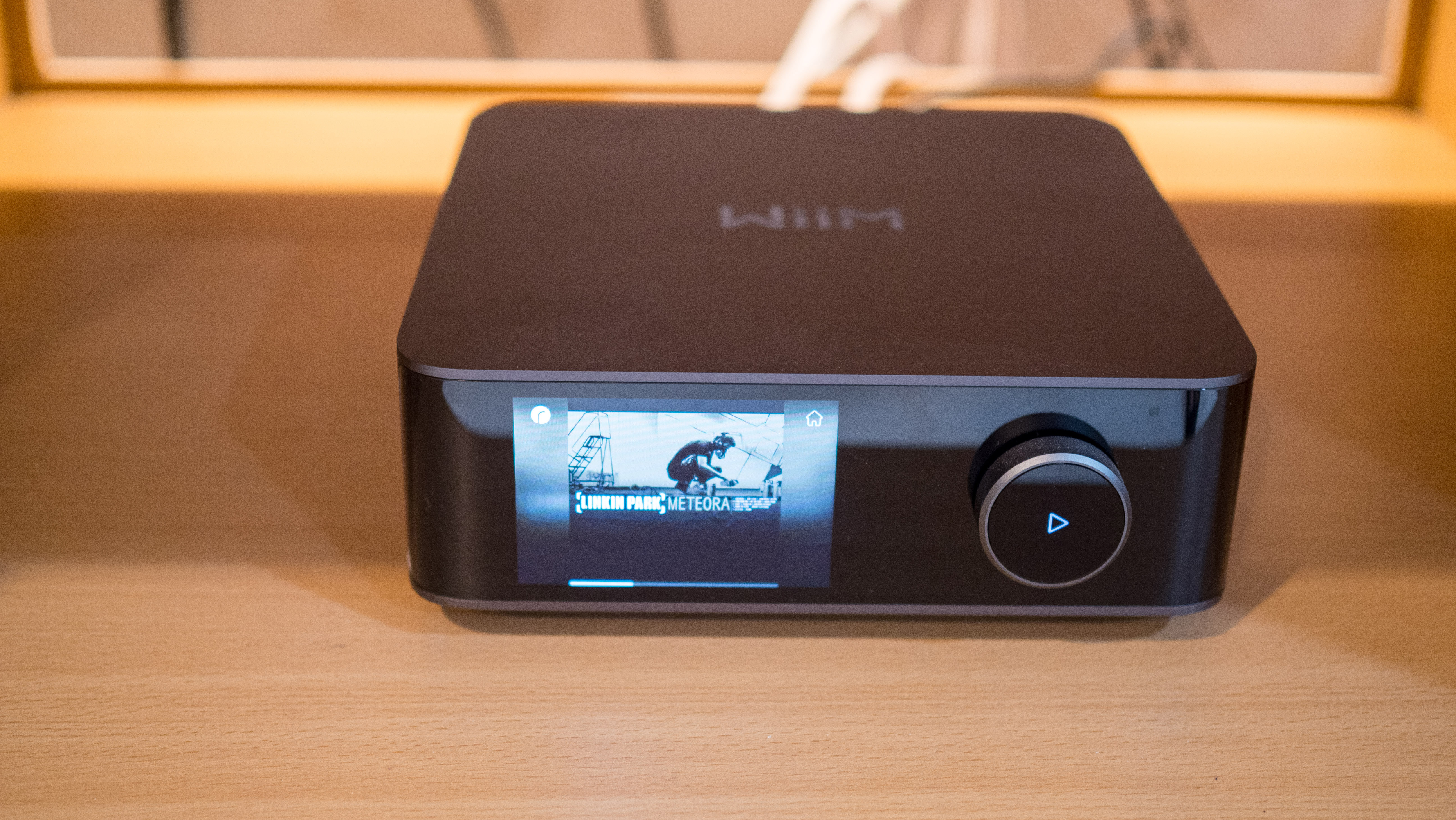
With 100W a channel at 8Ω and 200W at 4Ω, the amp has more than enough power to drive demanding speakers. It's able to drive the Linton with ease, and the sound quality is phenomenal. Granted, I'm just getting started with home audio, so I don't have much in the way of a reference point, but I'll be picking up Denon's AVR-X3800H shortly, and I'll test how WiiM's offering holds up against that.
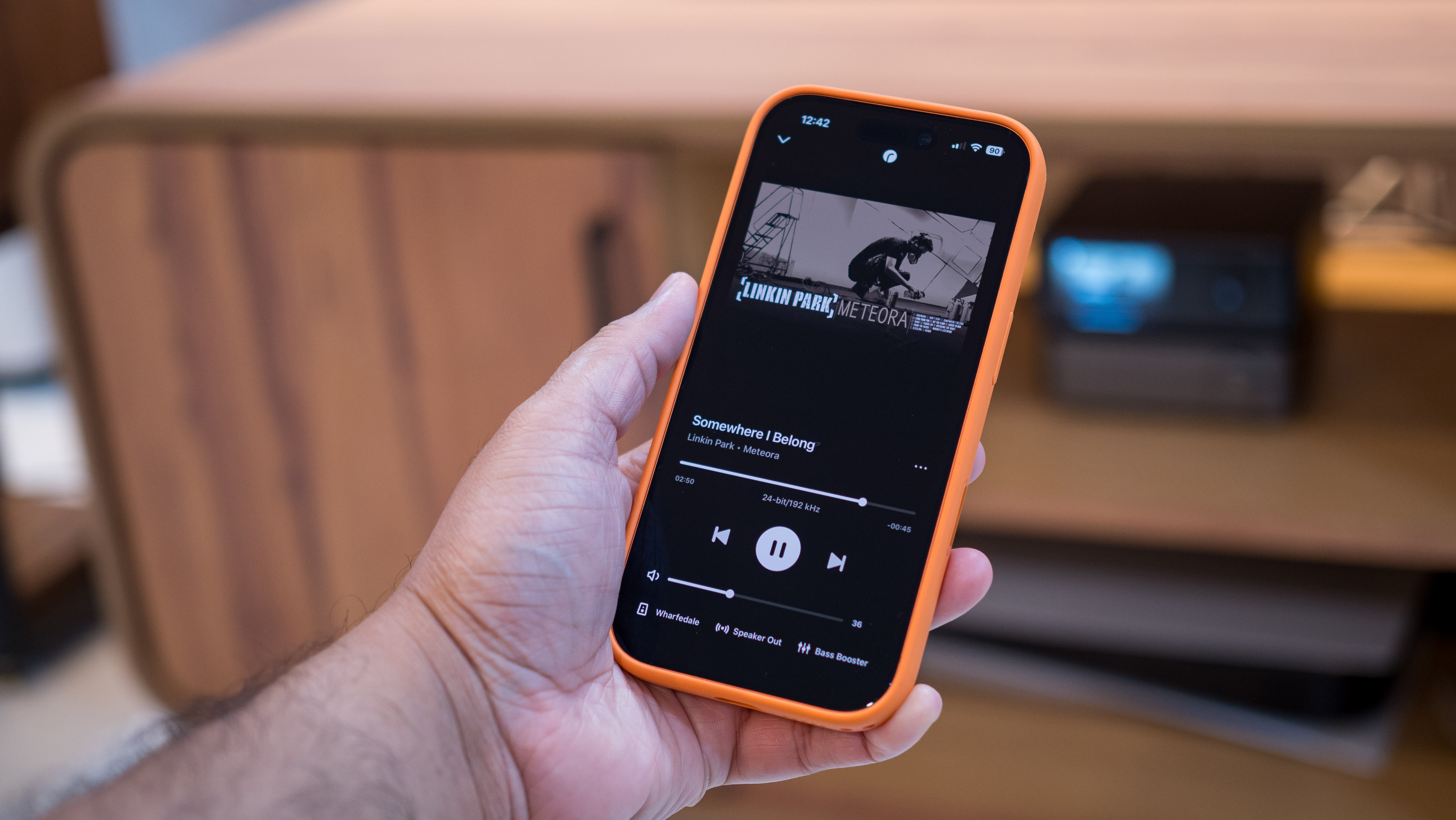
Another feature the Amp Ultra gets is automatic room correction. The brand's RoomFit feature does a great job tuning the acoustics based on the size of your room, and it worked very well with my iPhone 17 Pro. If anything, the only feature missing on the amp is AirPlay 2, it's unclear why it isn't available, but it isn't as big a limitation in my own use.
Outside of that, the Amp Ultra has proven to be a standout streaming amplifier, and it manages to look good while doing it.







